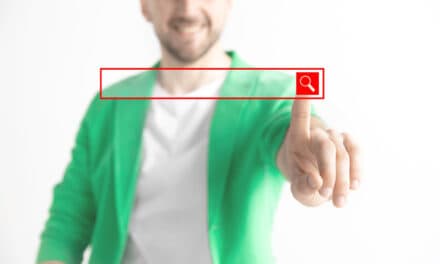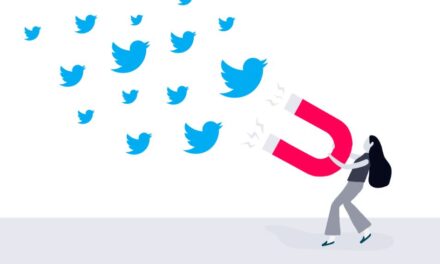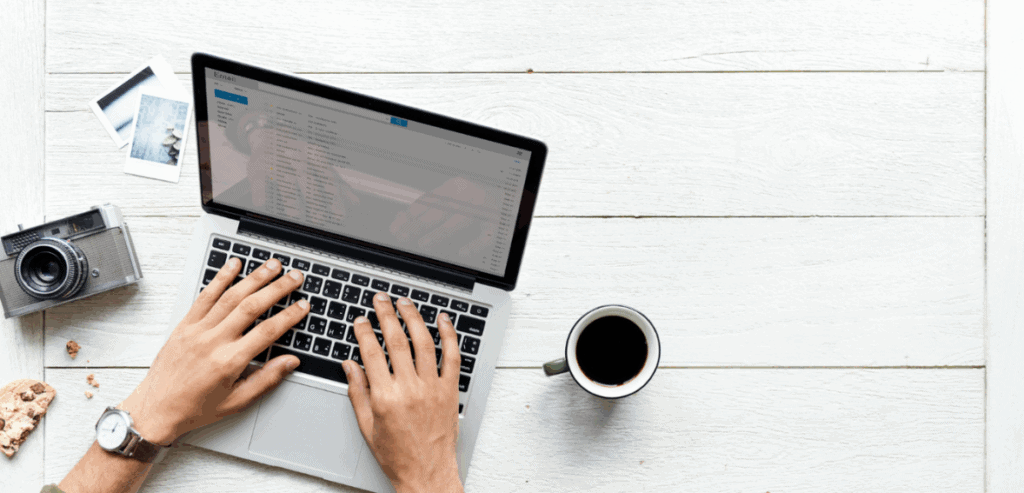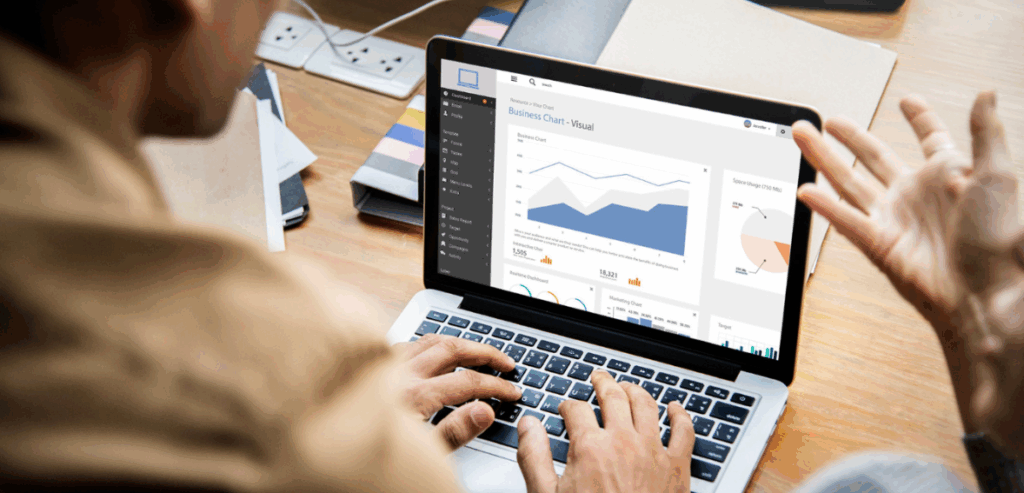You have probably encountered the issue of duplicate content if you are in charge of a website, be it a blog, online store, or business platform. When identical or strikingly similar content is available via several URLs, it is referred to as duplicate content. Search engines like Google view this as a challenge, despite the fact that it may appear harmless. They prefer to display just one version of the content, but they must choose which to index and rank.
Canonical tags are useful in this situation. By identifying the preferred version of a webpage, a canonical tag, also known as rel=canonical, assists search engines and website owners in managing content duplication. It is a simple piece of HTML code, but it plays a powerful role in protecting your search rankings and keeping your site SEO-friendly.
What Is a Canonical Tag?
A canonical tag is an HTML element placed in the head section of a webpage. It tells search engines which version of a page should be treated as the “main” or original version. It looks like this:
html
CopyEdit
<link rel=”canonical” href=”https://www.example.com/main-page-url/” />
When a search engine sees this tag, it understands that even if other pages contain the same or similar content, the one specified in the rel=canonical tag should be treated as the primary page for indexing and ranking. This mechanism was introduced to solve the issue of duplicate content SEO problems, particularly for websites with complex structures, dynamic URLs, or e-commerce platforms where the same product may appear under different filters or categories.
Understanding Duplicate Content in SEO
Blocks of text or whole pages that are either exactly the same or strikingly similar to other content on your website or elsewhere on the internet are referred to as duplicate content. Duplicate content can lower your search visibility, but Google does not penalise it unless it seems manipulative. For instance, search engines may find it difficult to decide which page to rank if your product is listed under several categories, each of which has its own unique URL. Your content consequently competes with itself, which can negatively impact indexing effectiveness and rankings.
Large blogs, online stores, and content platforms that depend on filters, parameters, or CMS-driven structures are especially affected by this. These setups can unintentionally create dozens of URL variations for the same content. Without canonical URL SEO strategies in place, your site’s performance can be affected.
Why Duplicate Content Is a Problem
The core issue with duplicate content is that it splits the authority and ranking signals among multiple URLs. Instead of consolidating all backlinks, user engagement, and relevance metrics into a single page, search engines must guess which page is best. This reduces the overall strength of any single page and can push all variations lower in search results.
Here are common causes of duplicate content:
- Same content served through different URL parameters (e.g., tracking codes, filters)
- Print-friendly versions of articles
- HTTP and HTTPS versions of the same page
- www and non-www versions of a site
- Session IDs or login-related parameters
- Copied content published across partner sites
Even if you are not trying to manipulate search engines, the technical nature of your website may be creating duplicate content without your knowledge. Using rel=canonical properly can help prevent this.

The Role of rel=canonical in Canonical URL SEO
You are telling search engines which URL to use as the master copy when you add a rel=canonical tag to a page. It directs the search engine to combine all ranking signals to the designated canonical URL, but it does not prevent other versions from being crawled or indexed. By concentrating link equity, preventing index dilution, and increasing crawl efficiency, this improves the SEO of your canonical URL. It is among the most dependable tools for instructing search engines on how to treat pages on your website that are duplicates or similar.
If your t-shirt comes in four different colours, for example, you may have different URLs for each of the variations. Without a canonical tag, Google may see them as separate pages. With the tag in place pointing to the main product page, Google will understand that all versions relate to the same content and treat the canonical page as the authoritative one.
How to Implement Canonical Tags
To implement rel=canonical, you add the tag to the head section of your HTML code on each duplicate or variant page, specifying the URL of the canonical version.
For example:
html
CopyEdit
<link rel=”canonical” href=”https://www.yoursite.com/product/tshirt/” />
This tells Google and other search engines that no matter which page a user or bot lands on, the main version of this product is the one listed in the tag.
Here are steps to correctly implement canonical tags:
- Identify duplicate or near-duplicate content across your site.
- Determine which version of the page should be treated as canonical.
- Place the rel=canonical tag in the head section of all variants, pointing to the canonical URL.
- Avoid circular or conflicting canonicals (e.g., Page A points to B, and B points to A).
- Use absolute URLs rather than relative paths to avoid ambiguity.
You can use tools like Google Search Console, Screaming Frog, or SEMrush to audit your site and spot duplicate content that might need canonicalization.
Canonical Tags vs. Redirects
A frequently asked question is whether 301 redirects or canonical tags should be used. Both strategies aid in the management of duplicate content, but they accomplish different goals. With a 301 redirect, users and search engines are automatically redirected to a different URL. It works best after pages have been merged or out-of-date content has been removed, or when the original URL is no longer required.
However, search engines are instructed to treat only one version of the content as primary by the rel=canonical tag, which permits all versions to remain accessible. When you need duplicate pages for user experience (like print pages or product variations) but still want to avoid SEO duplication, this is perfect.
Use canonical tags when:
- Multiple versions of the same content are needed for user navigation.
- You want to consolidate signals without removing or redirecting pages.
- You are syndicating content across different domains and want to preserve ranking for the original.
Canonicals and Cross-Domain Content
In some cases, your content may appear on partner websites or syndication platforms. If those platforms do not point back to your original page using rel=canonical, search engines may credit the external site instead of yours.
To avoid this, ensure that any site using your content includes a canonical tag pointing back to your original version. For example:
html
CopyEdit
<link rel=”canonical” href=”https://www.yoursite.com/blog/original-article/” />
This informs Google that your site is the source of truth for that content, protecting your SEO authority and avoiding duplication issues across domains.
If you frequently syndicate content or provide guest articles, consider adding this to your content usage guidelines.
Best Practices for Using rel=canonical
To make the most of rel=canonical, follow these best practices:
- Always specify a canonical tag on every page, even if it is self-referential.
- Ensure canonical URLs return a 200 OK status and are not blocked by robots.txt.
- Avoid chaining canonical tags (multiple levels of redirection or reference).
- Use canonical tags alongside sitemap submissions to reinforce preferred URLs.
- Be cautious when applying canonical tags on paginated or faceted content.
When implemented correctly, canonical tags not only solve duplicate content SEO issues but also improve crawl efficiency and help search engines understand your site structure better.
Common Mistakes to Avoid
While rel=canonical is a simple concept, mistakes in implementation can cause confusion and SEO setbacks. Some of the most common errors include:
- Pointing all pages to the homepage or an unrelated URL
- Using relative URLs that cause ambiguity
- Forgetting to update canonicals during content migrations
- Applying canonicals on paginated pages without handling them properly
- Having contradictory signals between canonical tags and internal links
These missteps can lead to important content being ignored by search engines or incorrectly deindexed. Always double-check your site’s canonical structure using SEO tools and consult with a developer if needed.

How Google Treats Canonical Tags
Google does not always use the canonical tag, particularly when it finds other compelling indications that a different version is more relevant. Nonetheless, the rel=canonical tag is usually respected and utilised to combine indexing and ranking signals when properly implemented.
Rather than being a command, it is regarded as a powerful recommendation. Consistent internal linking, clear sitemap data, and appropriate server configurations are therefore necessary to support your canonical structure and strengthen your preferred URLs.
Conclusion
A common and often unintentional problem for websites of all sizes is duplicate content. Search engines’ indexing and ranking of your website may be impacted by content variations, URL parameters, or CMS features. Fortunately, canonical tags provide a simple and efficient fix. By using rel=canonical tags throughout your content, you can improve your canonical URL SEO strategy, consolidate ranking signals, and direct search engines to the appropriate version of your pages. This keeps you from deleting or concealing content that still has value for your users while avoiding the traps of duplicate content SEO issues.
You can maintain a clear and optimised site structure by using SEO best practices, frequent audits, and a thorough understanding of canonical tags. In a world where content duplication is easy to create but hard to manage, canonicalization is one of your best tools for staying in control.












